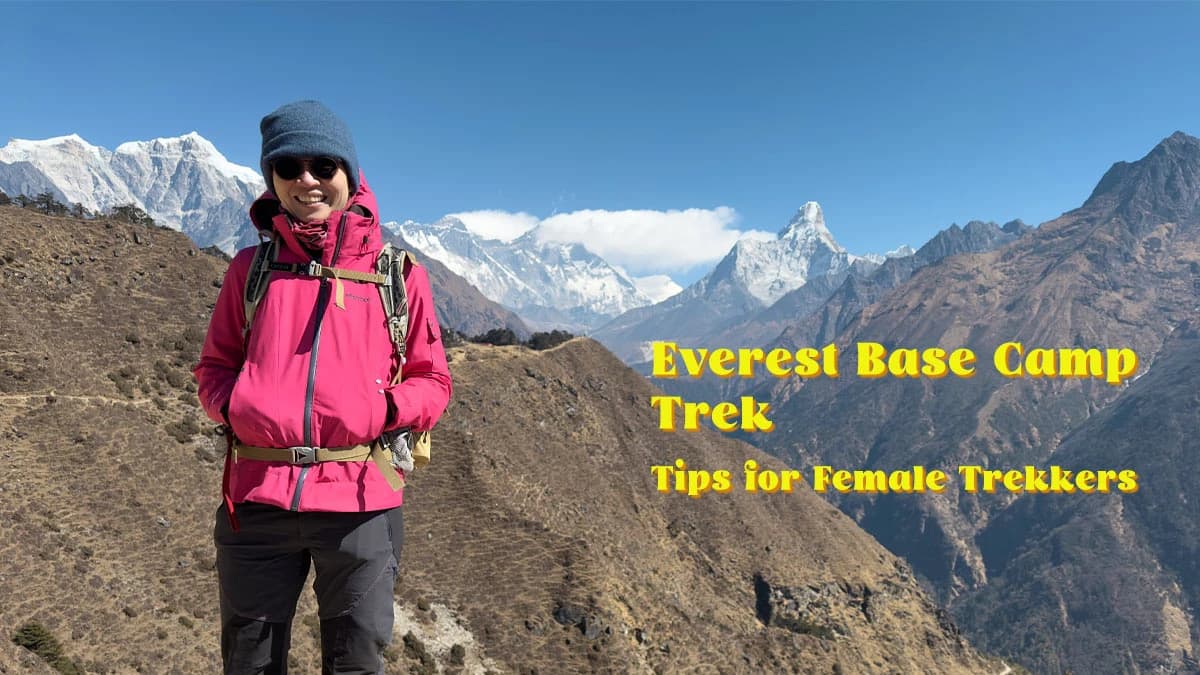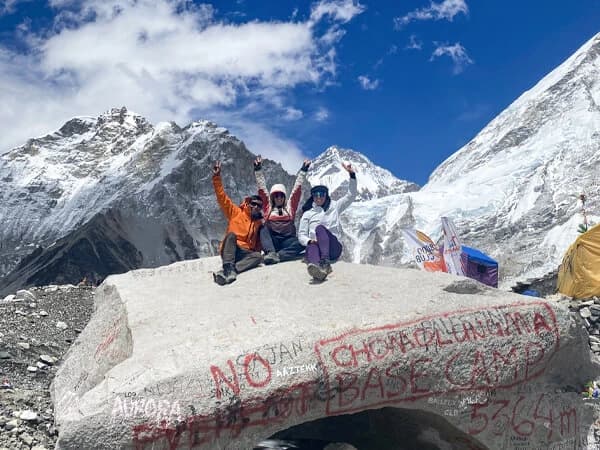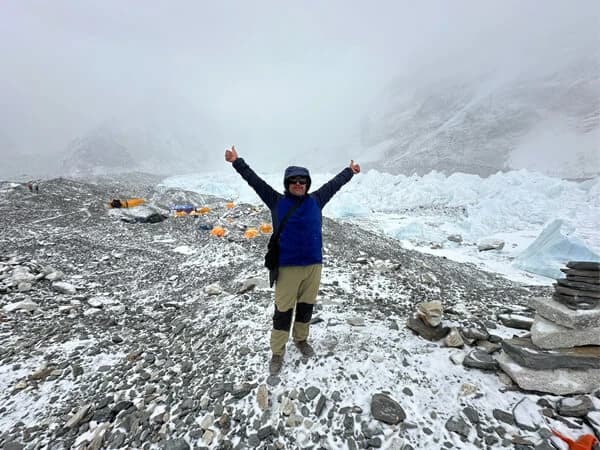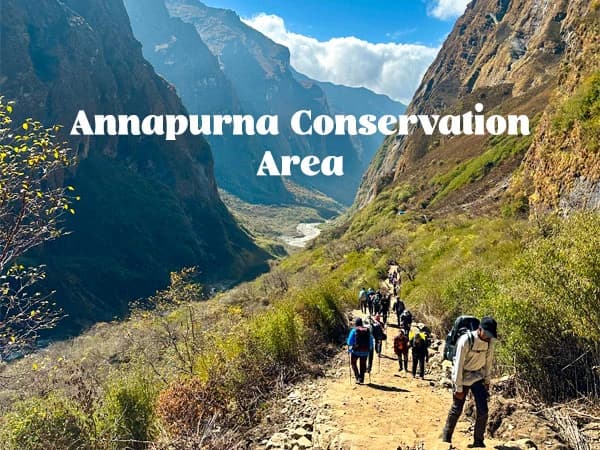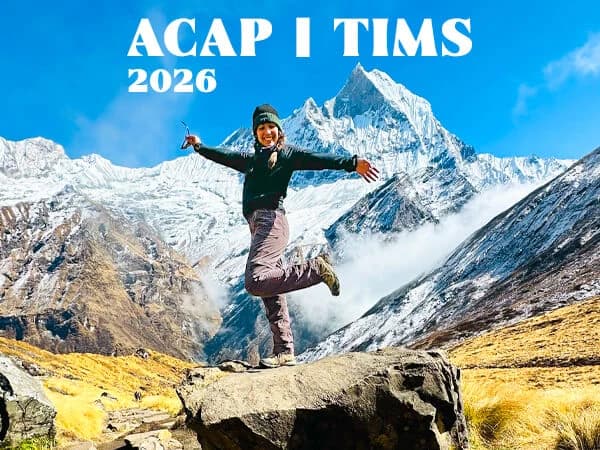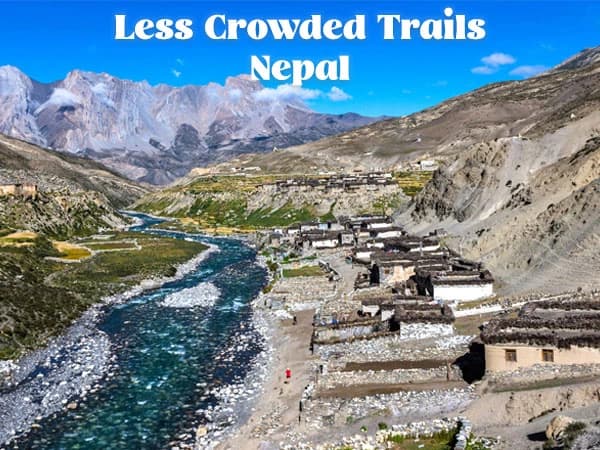Dreaming of Everest Base Camp but unsure if it's safe or practical as a woman? This guide answers every question female travelers ask—safety, hygiene, packing, and cultural respect—so you can trek with confidence. Based on 25+ years of guiding trekkers from around the world, these tips will help you prepare smartly and enjoy one of the most empowering journeys on earth.
Everest Base Camp Trek Tips for Female Trekkers
Everest Base Camp Trek Tips for Female Trekkers: Safety, Confidence, and Real Experience
Everest Base Camp trek tips for female travelers are not just about packing lists—they are about safety, confidence, and comfort at high altitude. Many women dream of walking the trail through the Khumbu Valley, yet common questions often hold them back. Is it safe to trek solo as a woman? How do I handle hygiene and periods on the trail? What about privacy in teahouses? These are real concerns, and they deserve real answers.
For over 15 years, our team has guided women from more than 20 countries to Everest Base Camp. Nearly half of our trekkers each year are female, including many solo travelers who take on the Himalayas for the first time. Through this experience, we have learned exactly what matters most—clean restrooms, reliable teahouses, cultural respect, and practical safety steps.
This guide brings all of that knowledge together. Here are some honest, tried-and-true Everest Base Camp trek tips for women that are easy to follow. If you get ready, trekking is one of the most powerful activities in the world, and you can fully enjoy it.
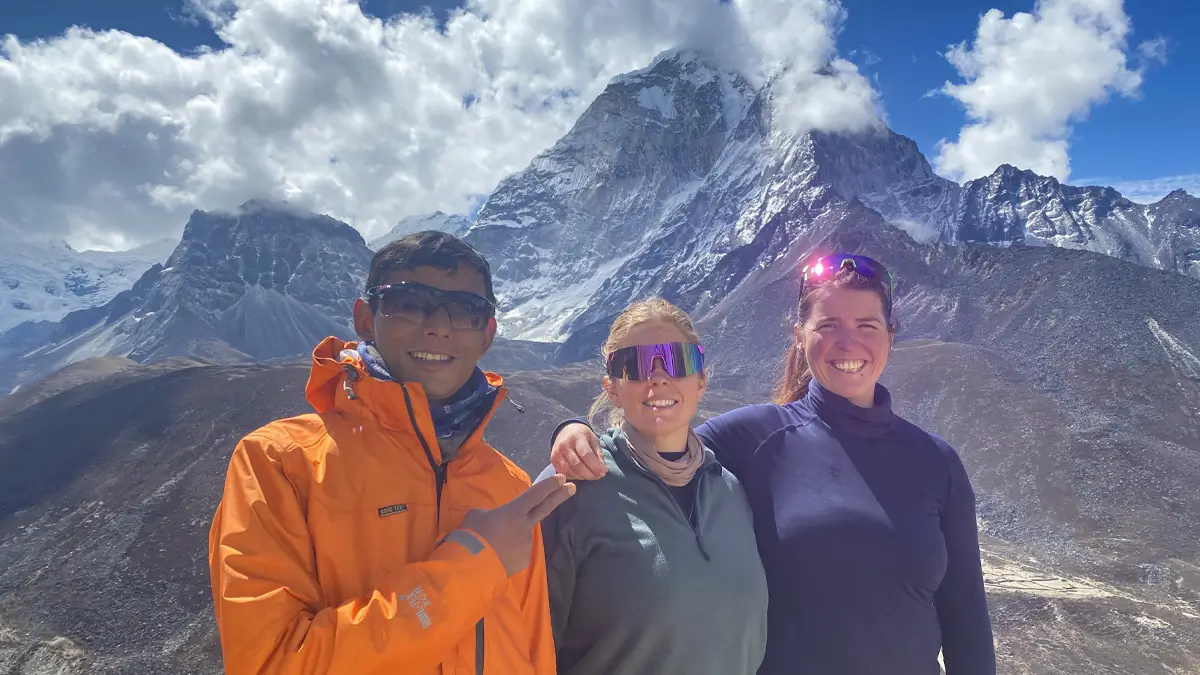
What women travelers should know before they go trekking to Everest Base Camp
The trek to Everest Base Camp is not difficult, but you need to be strong, patient, and plan ahead. For women, being safe, clean, and comfortable are just as important as being fit. Knowing these things can help the trip go more smoothly and give you more power.
How Hard Is Trek for Women of Different Fitness Levels?
Five to seven hours of steady uphill walking are what most days are like. However, women of all ages and fitness levels can handle the trail. In 2024, a 35-year-old woman from Malta who traveled alone and paced herself and took days to get used to the altitude finished the trip safely.
In the same way, a Canadian woman aged 58 reached Base Camp after putting in about six months of modest training. These cases show that getting ready and being determined are more important than being very fit.
Everyone is affected by altitude in different ways. So, it's important to keep an eye on your body and rest when you need to. Using trekking poles, the right shoes, and methods for slowly climbing makes things much safer and more comfortable.
Best Times of Year for Women Trekkers
Spring, from March to May, has warmer weather, rhododendrons in bloom, and trails full of active women walkers from around the world.
From late September to November, the fall has clear skies, clear mountain views, and slightly cooler nights. The weather, road conditions, and number of people are all just right during both seasons.
Early December is great for women who like to be alone. There is less noise on the paths, and the teahouses feel more personal. At night, though, it gets colder, and some higher hotels may close during this time. Picking the right season will keep you safe, make you feel good, and make the experience more fun.
Why female trekkers find Everest Base Camp especially rewarding?
When you look at Everest Base Camp next to other hikes in the Himalayas, it has better facilities. To make things even better, there are safe places to stay, private rooms, and teahouses you can trust. There are a lot of helpful people on the trail for women who are going alone. Sharing this experience boosts confidence and fun.
Standing under Everest is not only useful, but it also makes you feel very proud of yourself. A lot of women see it as a big step forward in their lives and a time when they really grow as people. If they plan ahead, women of any age can finish the trip safely and with joy.
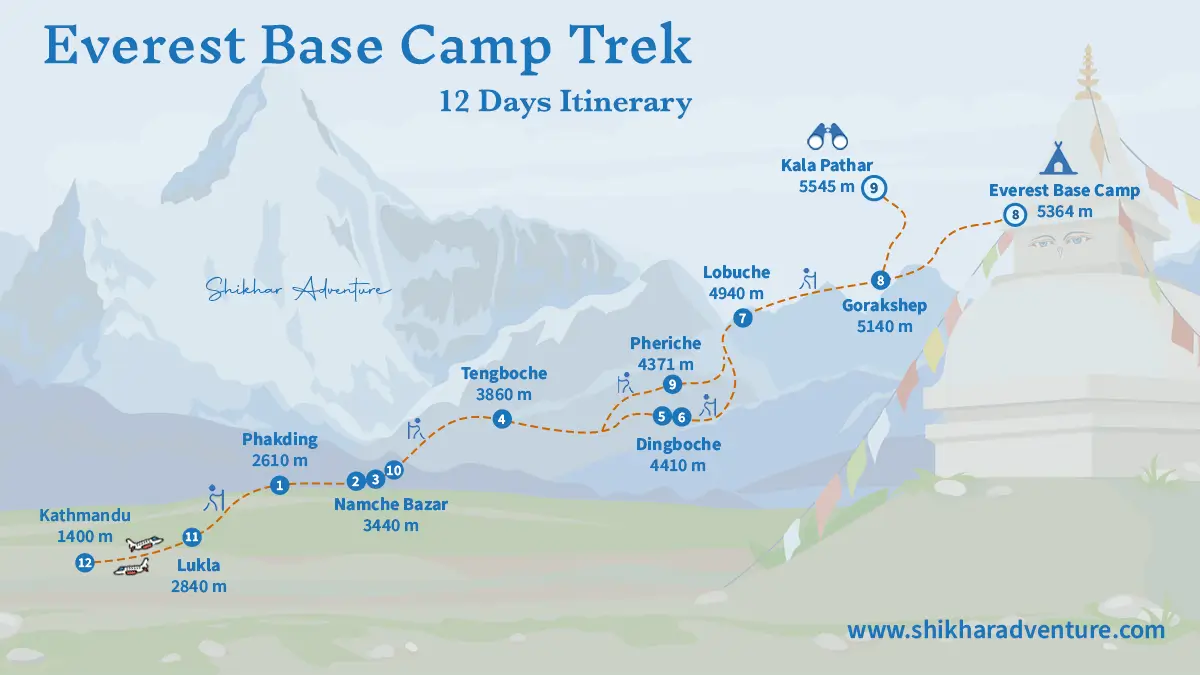
Full Trek Analysis with a Female Point of View
Everest Base Camp trek can transform female trekkers lives. It will be easier to plan your walk if you know what the problems and benefits are for each day. Things that are built particularly for women, like a teahouse with private rooms and attached bathrooms, make the trek safer and easier.
Daily Schedule and Helpful Hints
This is a useful plan that meets the demands of women who go trekking, such as staying clean, getting adequate sleep, and feeling safe:
| Day | Route | Distance (km) | Altitude Gain (m) | Walking Hours | Facilities / Female Tips |
|---|---|---|---|---|---|
| 1 | Kathmandu → Lukla → Phakding | 10 | 1,400–2,610 | 3–4 | Teahouses with private rooms, toilets available, bottled water |
| 2 | Phakding → Namche Bazaar | 9 | 2,610–3,440 | 5–6 | Shared teahouses; lockable doors; menstrual hygiene supplies available |
| 3 | Acclimatization in Namche | 3-6 | 3,440 | 2 | Short hikes for acclimatization, washrooms accessible, female-friendly restaurants |
| 4 | Namche → Tengboche | 9 | 3,440–3,860 | 5 | Teahouses with separate female areas, local guidance on etiquette |
| 5 | Tengboche → Dingboche | 10 | 3,860–4,360 | 5–6 | Private rooms may be limited; carry extra sanitary products |
| 6 | Acclimatization in Dingboche | 4-6 | 4,360 | 2 | Light hikes, focus on hydration, rest, and skincare |
| 7 | Dingboche → Lobuche | 11 | 4,360–4,910 | 5–6 | Teahouses are basic; ensure privacy and door locks |
| 8 | Lobuche → Gorak Shep → EBC → Gorak Shep | 13 | 4,910–5,364 | 7–8 | Limited toilets; menstrual cups recommended, female trekkers often travel in pairs |
| 9 | Gorak Shep → Kala Patthar → Pheriche | 13 | 5,364–5,545 → 4,371 | 6–7 | Sunrise photography; separate female restroom where possible |
| 10 | Pheriche → Namche Bazaar | 18 | 4,371–3,440 | 6–7 | Descending allows more comfort; teahouses have hot showers |
| 11 | Namche → Lukla | 19 | 3,440–2,860 | 6 | Teahouses with private rooms, prepare for final night in the Himalayas |
| 12 | Lukla → Kathmandu | - | 2,860–1,400 | 2 | Flight back; rest and cultural sightseeing in Kathmandu |
Tips for Female Trekkers
- To keep yourself clean, bring sanitary pads or menstrual cups, as well as hand sanitizer and wet wipes.
- For your extra privacy, bring a small door lock and a towel with you.
- For safety, you should bring a whistle, a headlamp, and trekking sticks.
- Clothes: Layered clothes, sports bras, and modest clothes for villages.
- Photography: The best times to take pictures by yourself are at sunrise and late afternoon.
Highlights of the culture and proper etiquette for women
- Cover your shoulders and knees when you're in towns and monasteries.
- Always ask people's permission before taking pictures of them.
- Follow the rules when you're at Tengboche and other temples.
- Talk to the women who live there; they can often give you information about facilities and cleanliness.
How to Master Logistics for Female Trekkers
For a smooth trip, you need to know how to get to Everest Base Camp. The trip will be safer and less stressful if you plan ahead for things like permits, transportation, packing, and costs. When women travel, they need to pay more attention to their privacy, cleanliness, and safety.
Paperwork and permits
This is what you need to hike to Everest Base Camp:
- The rural municipality of Khumbu Pasang Lhamu $30 for a permit
- $30 gets you into Sagarmatha National Park.
We will take care of all the permits. Getting them ready ahead of time guarantees a smooth start.
How to Get from Kathmandu to Lukla
From Kathmandu to Lukla, most hikers take a plane. The flights last between 35 and 40 minutes, but this depends on the weather.
- It is safer and more predictable to leave early in the morning.
- Don't carry too much in your daypack; check the weight limits.
- For extra ease and safety, some women like to hire private transportation to get to Lukla.
Things Women Needs to Pack for Everest Base Camp Trek
Layers of clothing:
- Base layers that wick away moisture and heat wear
- Trekking-friendly sports bras
- Clothing that is modest for temples and villages
- A jacket that keeps out water and wind
Hygiene for women:
- For ease of use at high altitudes, menstrual cups are recommended.
- Back-up pads or tampons
- Hand cleanser, wet wipes, and soap that breaks down naturally
Important for extra safety:
- A small lock for a teahouse room door
- Whistle and flashlight
- Tablets or a filter that clean water
Budget Breakdown Table (Female-Specific Notes)
| Item | Estimated Cost (USD) | Notes for Female Trekkers |
|---|---|---|
| Guide & Porter | 25–35/day each | Guide & porters with 10 years+ of experience available on request |
| Accommodation | 10–25/night | Private rooms recommended for women |
| Meals | 5–10/meal | Teahouses provide safe, cooked meals |
| Permits | 60 total | Lukla VDC + Sagarmatha National Park |
| Gear Rentals | 2-5/day | Trekking poles, sleeping bags |
| Transportation | 450 round-trip | Kathmandu ↔ Lukla flights |
| Miscellaneous | 5–10/day | Wi-Fi, Charging, Shower, Sanitary products, toiletries, etc. |
Tip: Hygiene things or private rooms are often hidden costs. Getting ready for these makes sure comfort.
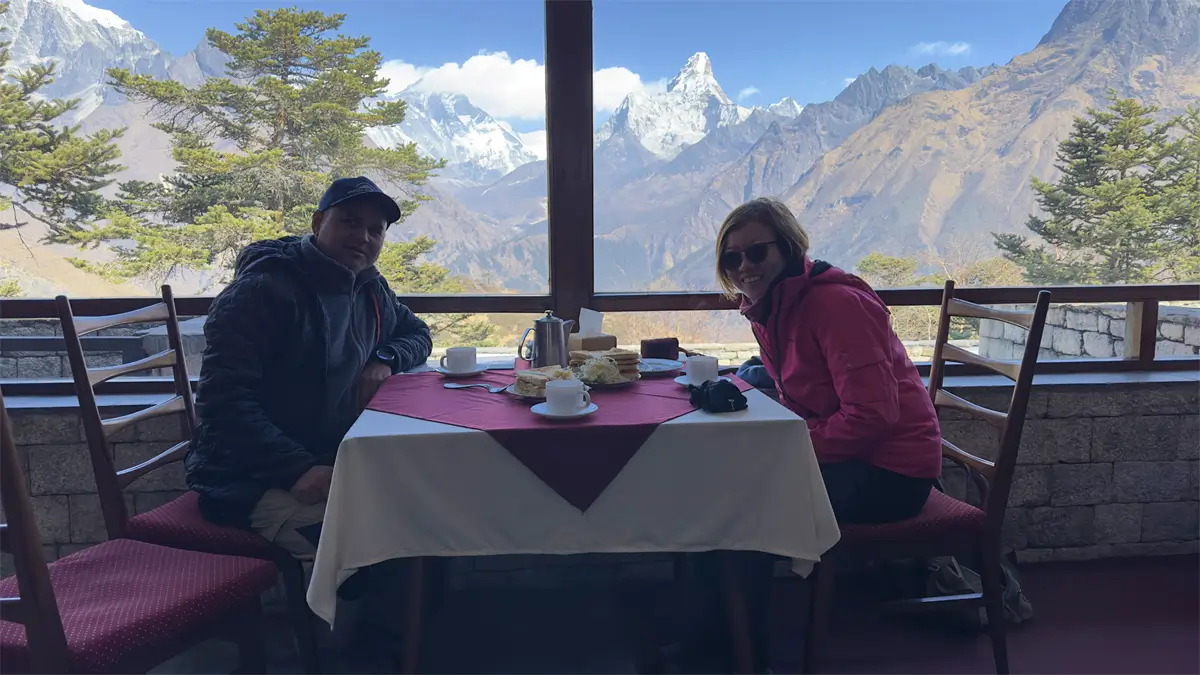
Safety and getting ready for female trekkers
At Everest Base Camp, safety is the most important thing. Women often have special problems with altitude, cleanliness, and being emotionally worn out. The trip is safe and fun as long as you know what you're doing and are well-prepared.
Getting used to the altitude
Anyone can get altitude sickness, but women may have slightly different signs because of the way their bodies work.
- Ascend slowly and stick to the preparation days.
- Drink plenty of water and eat small meals often.
- Watch out for headaches, feeling sick, or being tired; go down if these symptoms get worse.
Tip: Trekking poles make it easier to keep a steady pace and reduce pressure.
Problems and Realistic Solutions
Women face small but important problems when they go hiking at high elevations.
- To take care of your hair between washes, use dry shampoo or a small towel.
- Hygiene: When baths aren't available, wet wipes and biodegradable soap keep you clean.
- Feeling emotionally worn out? Hike with other people or pair up with other women hikers for support.
These tactics help keep your mental and physical health in good shape and lower stress.
What to Do in an Emergency
Being ready is very important in remote places.
- Get trip insurance that covers things like hiking at high altitudes and being rescued by helicopter.
- Find out which medical facility are closest to you along the way.
- Guides take phones with them in case of an emergency and help plan rescues when they're needed.
Timeline for getting fit: 3–6 months
Getting stronger and more durable makes you feel more confident and safe. A suggested plan for the week:
| Month | Focus | Activities | Notes for Women |
|---|---|---|---|
| 1–2 | Base Fitness | Brisk walking, light strength training | 3–4 days/week, 30–60 min |
| 2–3 | Endurance | Long hikes with backpack, stair climbing | 2–3 days/week, increasing load gradually |
| 4–5 | Strength & Core | Squats, lunges, core exercises, trekking poles | 3 days/week, moderate intensity |
| 5–6 | Simulation | Weekend multi-day hikes at higher altitude if possible | Practice pacing, hydration, and gear usage |
| Final 2 weeks | Recovery & Prep | Stretching, rest, light cardio | Focus on flexibility and mental readiness |
Tip: Being consistent is more important than being intense. Injury risk goes down with gradual training.
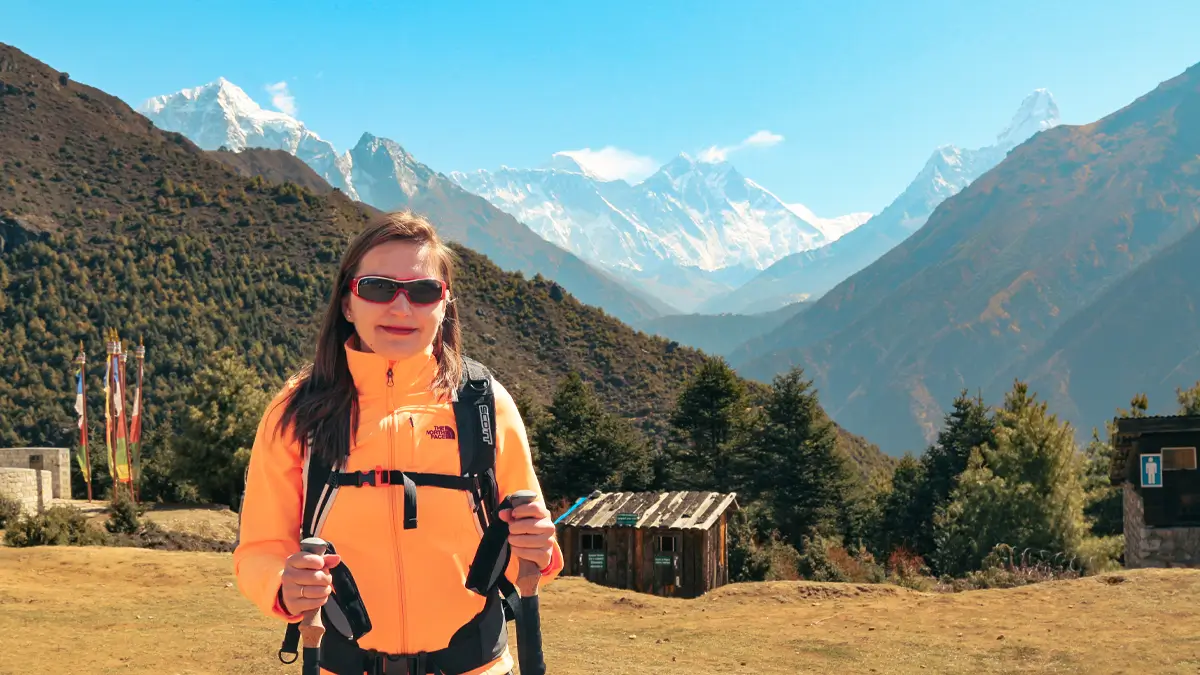
FAQ: Tips for Women Travelers Going to Everest Base Camp
Is Everest Base Camp safe for women traveling alone?
Yes, women who are hiking alone can do it safely with some planning and a good guide. Stay in teahouses that have good reviews, travel with a friend or partner if you can, and do what the locals say. For extra help, think about joining departures that are friendly to women.
What should women bring with them on the hike?
Layered clothing is important, including base layers that wick away moisture, thermal wear, sports bras, and clothes that are appropriate for towns. A waterproof jacket and soft hiking pants finish off the outfit.
How do I handle times when I'm at a high elevation?
Menstrual cups are helpful for long days when you can't get to the bathroom often. As a backup, you can use pads or tampons. Always keep extra hand sanitizer and sanitary items with you.
Can women hike without a guide?
Trekkers with a lot of experience sometimes go on their own, but a guide makes sure everyone stays safe and gives you information about the area. Female hikers often choose guides to help them find their way, suggest teahouses, and get help in an emergency.
What is the best time of year for women trekkers?
The weather, trails, and social chances are best in the spring (March–May) and fall (late September–November). There are fewer people around in early December, but the nights are colder.
What should I do to stay safe in tea shops?
If you can, pick teahouses with private rooms and doors that you can lock. Bring a small travel lock with you, and always check the bathroom and toilet facilities before you settle down.
How fit do you have to be to go to Everest Base Camp?
If you train slowly, moderate exercise is enough. Work on your stamina, core strength, and going on long walks. Most women can do the trip because they have days to get used to the altitude.
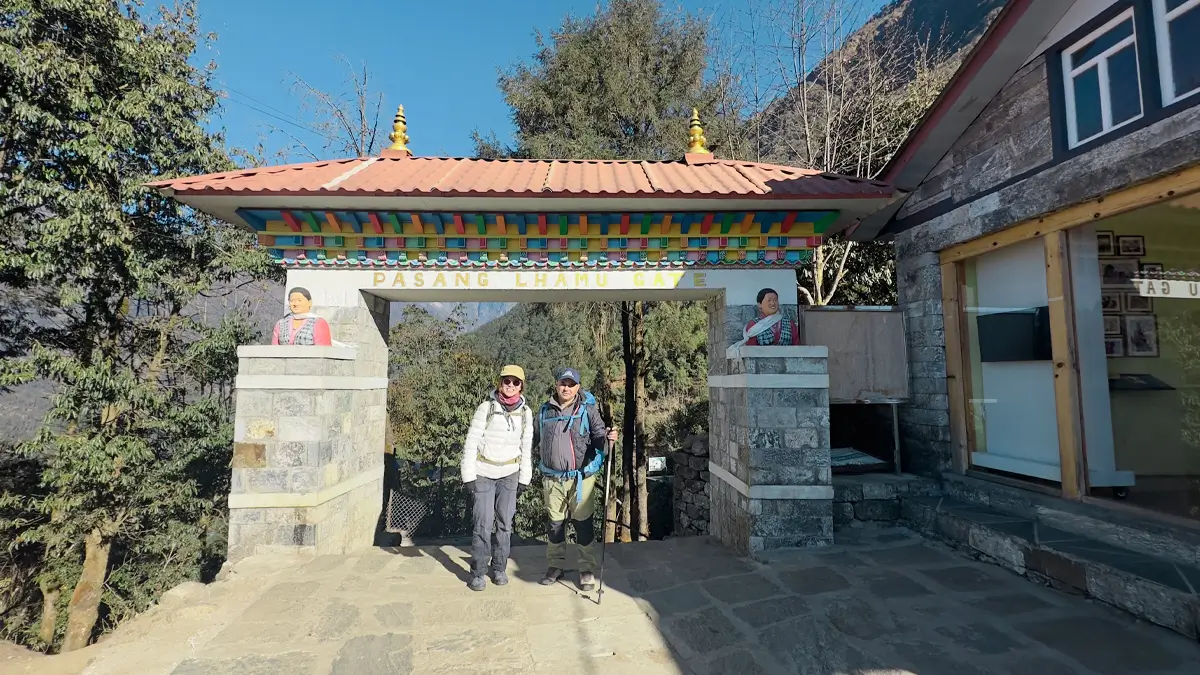
Conclusion: Empower Your Everest Expedition
Everest Base Camp trek is not just a physical challenge but also that of courage, endurance, and self-exploration. For the ladies, it's also an indication of autonomy and empowerment with each step they take. Proper planning, safety measures, and sensitivity towards the local culture will make this dream of theirs safe and memorable.
With this guide's tips on safety, hygiene, packing, and acclimatization, women travelers can approach the trail with confidence. Keep in mind that the correct season, proper training, and good teahouse selection can make all the difference. Women trekking with intention have been found often with a deep sense of achievement and rapport with the Himalayas.
Low on funds but big on ambition? Make your Everest dream a reality and join us on our women-friendly departures in 2026 and take advantage of qualified local guides. Stuck for ideas? Speak to our trek specialists this week and book a trek designed for your convenience, safety, and empowerment.



